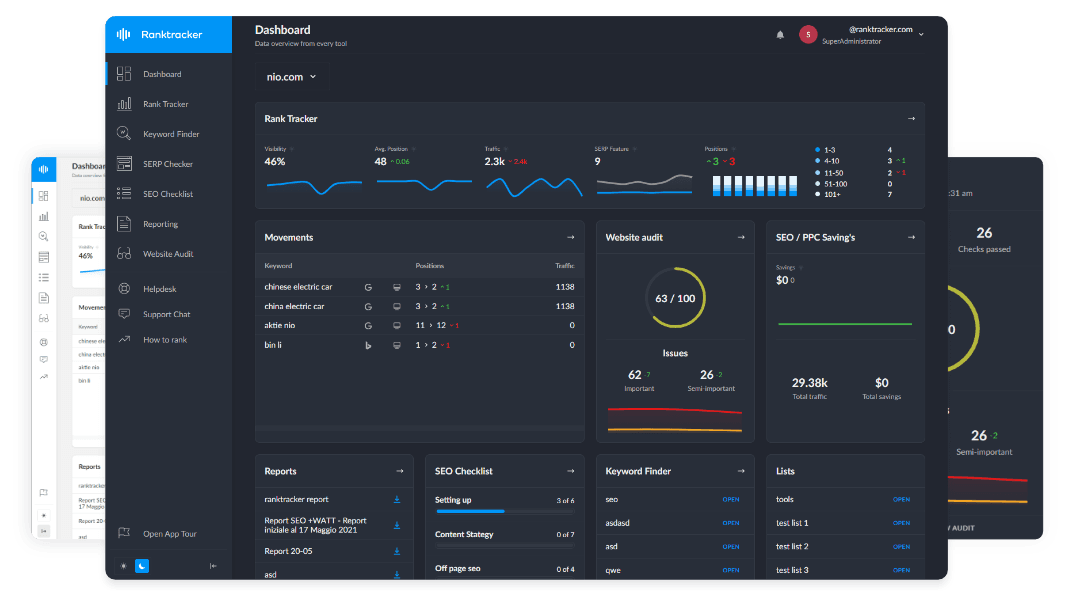Intro
Semantic internal linking involves strategically linking pages based on content relevance, entity relationships, and search intent rather than just traditional keyword-based links. Google’s Natural Language Processing (NLP) and Knowledge Graph assess link context, ensuring that semantically relevant pages are prioritized.
Why Semantic Internal Linking Matters:
- Improves search engine comprehension of content relationships.
- Enhances user experience with logical content navigation.
- Strengthens topical authority by reinforcing subject relevance.
How to Structure Internal Links Using Semantic Rules
1. Link Based on Entity Relationships, Not Just Keywords
- Identify related entities and topics rather than focusing solely on exact-match anchor text.
- Example:
- Instead of: "Check out our SEO tools here" → Use: "Explore our advanced SEO tools for keyword tracking and SERP analysis."
2. Use Contextually Relevant Anchor Text
- Google evaluates the surrounding text to understand link intent.
- Example:
- Good: "Learn more about on-page SEO and how it improves rankings."
- Bad: "Click here for more info."
3. Establish a Thematic Link Hierarchy
- Structure links from broad pillar pages to specific supporting content.
- Example:
- Pillar: "Complete Guide to SEO"
- Linked Pages: "Keyword Research Strategies," "On-Page Optimization Techniques."
4. Leverage Internal Linking for Topical Authority
- Connect content within topic clusters to boost contextual relevance.
- Example:
- "Ecommerce SEO Strategies" should link to "Product Page Optimization" and "Category Page SEO".
5. Avoid Overuse of Unrelated Internal Links
- Google devalues excessive or unrelated internal links.
- Best Practice: Link to only contextually relevant pages to maintain SEO credibility.
Best Practices for Optimizing Internal Links
✅ 1. Audit & Optimize Existing Internal Links
- Use Google Search Console & Ranktracker’s Web Audit to identify weak or missing links.
✅ 2. Implement Schema Markup for Contextual Clarity
- Apply Breadcrumb Schema and Entity-Based Schema Markup.
✅ 3. Prioritize High-Value Pages for Link Equity Distribution
- Ensure high-ranking pages distribute authority to important supporting pages.
✅ 4. Update Internal Links Based on Performance Data
- Monitor user behavior and adjust linking strategies for engagement and conversions.
Tools to Optimize Internal Linking Using Semantic Rules
- Google Search Console – Analyze internal link distribution and indexation.
- Ranktracker’s Web Audit Tool – Identify linking opportunities and gaps.
- Ahrefs & Screaming Frog – Track internal link flows and site architecture.
Conclusion: Strengthening SEO with Semantic Internal Linking
A well-structured semantic internal linking strategy improves SEO rankings, user navigation, and content relevance. By focusing on contextually relevant connections, entity-based links, and search intent alignment, websites can maximize authority and search visibility.

